Your CPAP’s accessory equipment is a lot like other frequently used health products, such as your toothbrush or a razor: it deteriorates, ceases to function optimally, and can get germy and unsanitary.
Just like you wouldn’t use the same toothbrush for months on end, it’s important to replace your CPAP equipment to make sure that your machine is as clean, effective, and comfortable as possible. However, unlike a toothbrush, the CPAP equipment may not look worn even though it needs to be replaced. That’s why it’s important to change your equipment following a schedule.
In this post we’ll review the following components of your CPAP that should be replaced an how often you should replace them:
- Mask
- Cushions/pillows
- Headgear/chinstrap
- Filters
- Tubing
- Water chamber
- CPAP device
- We use the term CPAP (Continuous Positive Airway Pressure) in this post but you may use an APAP (auto setting CPAP) or bi-level PAP. The supplies are still the same. Learn more about the different types of devices here.
- Your health insurance provider will likely cover the cost of your replacement supplies. Many insurance companies will approve replacement of your supplies at the frequencies recommended below, based on Medicare guidelines (for more info about insurance coverage click here).
Replace Your Mask Every 3 Months
We’re all familiar with a CPAP mask! It’s the visible part of the CPAP setup that goes over your face, covering your noise (and possibly your mouth, depending on the type of mask you have). It delivers the pressurized air to your airways. Also, the style and maintenance of your mask can have a large effect in determining how comfortable you are wearing your CPAP machine, so it’s important to keep it in optimal condition!
Replacement Frequency: Every 3 months
How to tell if your mask needs to be replaced: If you notice that you are experiencing excessive leaks, the mask probably needs to be replaced. Furthermore, if you are very uncomfortable in your mask, you are encouraged to try a new style or get refitted. Often, improved comfort owing to a new mask design can be the difference between compliance and not using the machine.
Replace Your Cushions/Pillows Based on Mask Type
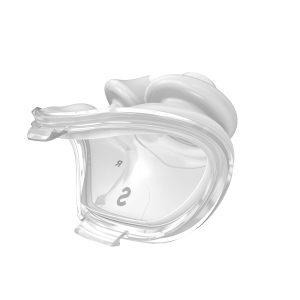 Cushions provide a comfortable way for the CPAP mask to rest against your face and seal the pressurized air pathway. Over time and use, the silicone on the cushion or the nasal pillow can become soft and not be as efficient. Compromised cushions can lead to air leaks, irritation, discomfort, and redness in the mask area and may require tightening of the mask straps to ensure a secure seal.
Cushions provide a comfortable way for the CPAP mask to rest against your face and seal the pressurized air pathway. Over time and use, the silicone on the cushion or the nasal pillow can become soft and not be as efficient. Compromised cushions can lead to air leaks, irritation, discomfort, and redness in the mask area and may require tightening of the mask straps to ensure a secure seal.
Replacement Frequency:
Nasal Cushion & Nasal Pillows: Twice a month or every two weeks
Full Face Cushions: Once a month
How to tell if your cushions need to be replaced: Cushions in need of replacement may become stiff or cracked around the edges and begin to turn opaque or change color.
Replace Your Headgear and Chin Strap Every 6 months
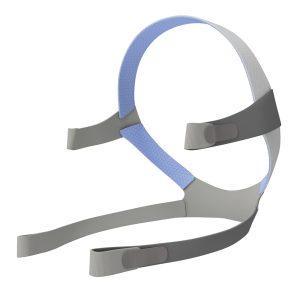 These components, which include straps that wrap around your head and chin, secure the mask to your face. Over time and use, headgear may become stretched and lose elasticity, leading to over tightening and discomfort.
These components, which include straps that wrap around your head and chin, secure the mask to your face. Over time and use, headgear may become stretched and lose elasticity, leading to over tightening and discomfort.
Replacement frequency: Every 6 months
How to tell if you need to replace your headgear and chin strap: If your headgear has stretched and/or you find that you need to tighten it to achieve an effective seal, it probably needs to be replaced.
Replace Your Filters Every 2 Weeks
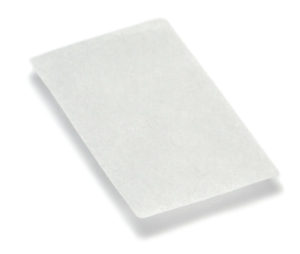 CPAP filters ensure that the air that is delivered via your machine is clean and free of allergens and irritating particles. With time, they can wear out or become clogged. If the environment is particularly humid or dusty, then the disposable filter won’t last as long. Visual inspection is the key to determining disposable filter life.
CPAP filters ensure that the air that is delivered via your machine is clean and free of allergens and irritating particles. With time, they can wear out or become clogged. If the environment is particularly humid or dusty, then the disposable filter won’t last as long. Visual inspection is the key to determining disposable filter life.
Replacement Frequency: Twice a month
How to tell if your filters need to be replaced: Your filters will begin to show signs of wear and discoloration.
Replace Your Tubing Every 3 Months
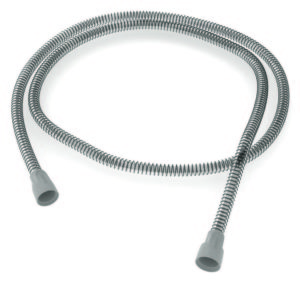 Tubing provides the passage through which the pressurized air travels from your machine to your mouth so that you can breathe easier! With time it can develop small tears, which can result in the patient receiving a lower pressure setting than prescribed.
Tubing provides the passage through which the pressurized air travels from your machine to your mouth so that you can breathe easier! With time it can develop small tears, which can result in the patient receiving a lower pressure setting than prescribed.
Replacement Frequency: Every 3 months
How to tell if your tubing needs to be replaced: Tubing may turn opaque (no longer clear). If you notice small tears in the material, particularly between the coils, it’s time to replace.
Replace Your Humidifier Water Chamber Every 6 Months
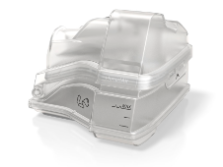 Using a humidifier can make a positive difference to your therapy comfort and experience. By warming and moistening the air you’re breathing, it helps prevent you having a dry nose and throat and can help you keep your mouth closed while you sleep. The water chamber is the removable container that holds the water in your humidifier.
Using a humidifier can make a positive difference to your therapy comfort and experience. By warming and moistening the air you’re breathing, it helps prevent you having a dry nose and throat and can help you keep your mouth closed while you sleep. The water chamber is the removable container that holds the water in your humidifier.
Replacement frequency: Every 6 months
How to tell if you need to replace your water chamber: The chamber may develop cracks, pitted areas, or discoloration owing to minerals in the water and buildup inside the chamber. As the material deteriorates, cracks may trap bacteria from moisture.
Please remember, you should use distilled water and change the water daily.
Replace Your CPAP Machine Every 3-7 Years
And finally, we come to the CPAP machine itself! In light of its daily use, it’s a good idea to replace the actual CPAP device every 3-7 years. While the typical lifespan of a CPAP device is 5-7 years, there may be changes in the technology that you’ll want to take advantage of. For example, new devices have wireless modems to monitor your usage (learn more here).
Depending on the wear and tear on your machine and your travel habits, you may wish to have a back-up CPAP.
Replacement frequency: Every 3-7 years
How to tell if you need a new CPAP device: If your device stops working, you should contact your provider immediately. Most CPAPs are covered under warranty for at least one year. If your device is no longer covered under warranty, you may want to find out if your insurance will cover a new CPAP device.
Are you ready to order replacement supplies? Click below for easy online ordering. We accept most insurance.
Other posts you may find interesting:
- Will my Insurance Cover CPAP? Frequently Asked Questions About Coverage
- Sleep Apnea Patients Must Show PAP Compliance Before Device Purchase or Resupply
- Study shows treating sleep apnea lowers risk of cardiovascular death in men
Sources:
http://oig.hhs.gov/oei/reports/oei-07-12-00250.pdf
Editor’s Note: This post was originally published in August 2014 and has been edited and updated for accuracy and comprehensiveness.

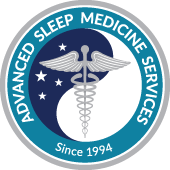
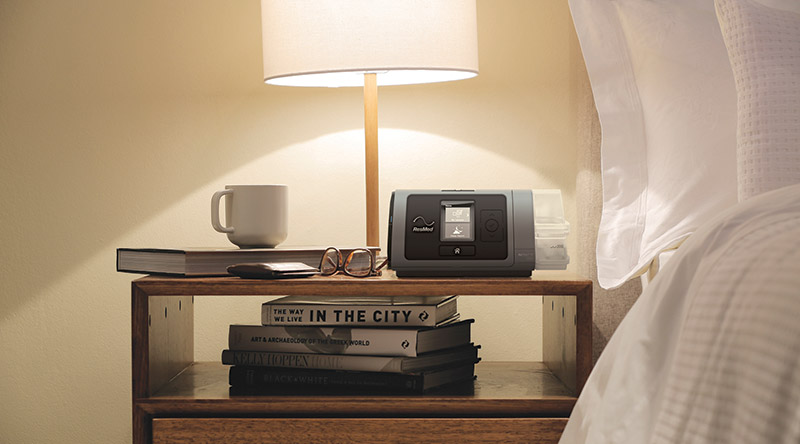
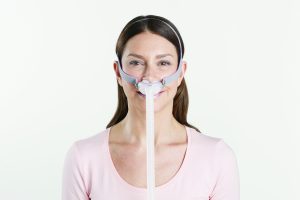
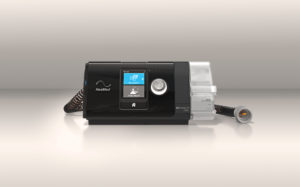
Comments
Richard Dickinson
Posted on February 23, 2017Is there an updated replacement schedule where Medicare will replace CPAP supplies (hose, mask, filter, etc) so that I can print it out and keep it to know when to replace these items
Julia Rodriguez
Posted on February 27, 2017Hi Richard. We have the most recent schedule on our site here: http://malaga.temp.domains/~sleepdr/education-resources/frequently-asked-questions/faqs-cpap-supplies/ and a link to the 2013 (most recent) Medicare/OIG/HHS document: https://oig.hhs.gov/oei/reports/oei-07-12-00250.pdf